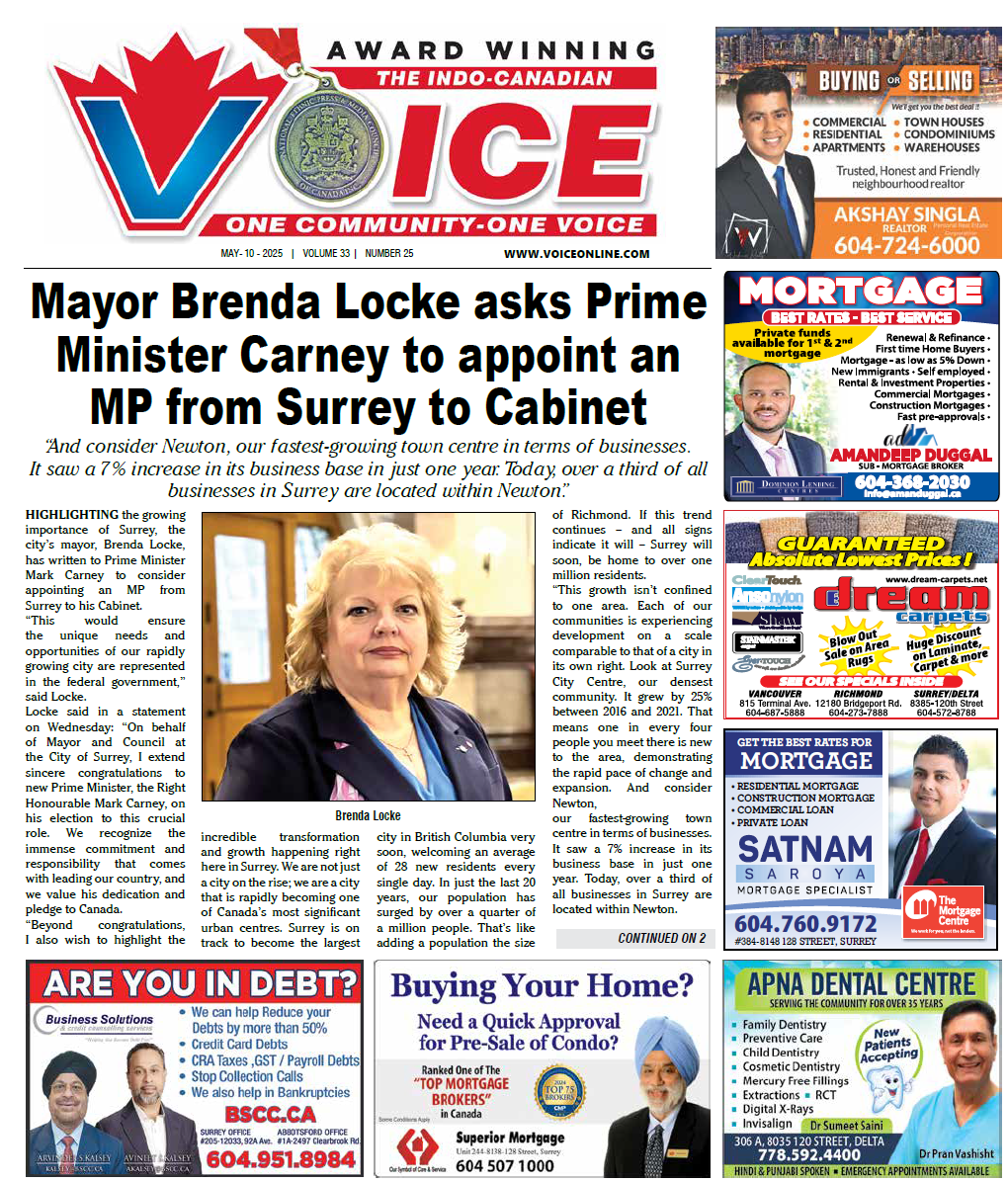TRANSLINK announced on Thursday that it is unveiling a series of efficiency measures, totalling approximately $90 million per year, including corporate cost-cutting and revenue generation initiatives aimed at urgently addressing its growing funding gap. TransLink is also releasing results of an independent Efficiency Review conducted by Ernst & Young which found limited opportunities to cut costs without reducing transit service.
TransLink’s cost-cutting measures include corporate cost reductions and reduced staffing. It does not include any cuts to transit services for customers and is instead structured to safeguard transit service for as long as possible. The plan also identifies additional revenues and optimization of debt management.
While the financial benefits are significant, they will only partially address an impending average annual funding gap of more than $600 million that begins in 2026 after provincial relief funding runs out.
“We have worked closely with the Mayors’ Council and TransLink’s Board to take decisive action to examine our costs amidst this financial challenge. As a result, we’ve made some tough, but necessary decisions,” says TransLink CEO Kevin Quinn. “Many of the corporate programs and strategic initiatives we are scaling back played an important role in bringing riders back to our system, but now we must do whatever we can to reduce our long-term funding gap. The urgency of solving this crisis cannot be understated as we will be forced to look at service reductions at the end of 2025, should a solution not be found for our broken funding model.”
The independent Efficiency Review found that TransLink has a culture focused on responsibility to taxpayers and underscored that there are limited opportunities to cut costs without cutting service given that 85 per cent of costs are directly tied to frontline transit service. TransLink accepts all opportunities from the review that don’t reduce transit services.
In identifying $90 million in financial benefits, TransLink goes beyond the review’s recommendations, focusing on operational-efficiency improvements, cost-management initiatives, revenue-enhancement strategies, and corporate program reductions. Some key initiatives include:
- Eliminating 35 unfilled corporate roles and deferring other positions
- Reducing third-party contractors by bringing more work in-house
- Reducing research grants and projects on mobility innovations
- Reducing leadership training courses
- Reducing ridership development and community initiatives
- Increasing fare evasion enforcement on the transit system
- Optimizing debt management strategy
- Reducing IT software and hardware expenses
These initiatives will start taking place right away to mitigate financial challenges brought on by TransLink’s funding model. There are several issues with TransLink’s current funding model, including:
Decline in revenue from fuel taxes
- The regional shift toward electric and hybrid vehicles is causing a decline in fuel tax revenue.
- In 2023 alone, TransLink collected $34 million less revenue from the fuel tax than in 2022, with the losses projected to grow exponentially over the next decade.
Fare increases below inflation
- Due to the pandemic, the 2020 fare increase was cancelled and held at levels below inflation in 2021-2024.
- With no fare increase in 2020 and 2.3% increases in all subsequent years, TransLink’s costs have risen faster than fare prices have increased.
Increasing costs and expansion
- Costs of construction, labour, fuel, maintenance, and new vehicles have been increasing at unprecedented rates.
- Additional operating costs for expanding bus service and for new expansion projects like the Broadway Subway Project and Surrey–Langley SkyTrain which will require significant funding to operate once complete.
“If there is one thing we can all agree on – it’s that no one wants to see less transit in Metro Vancouver,” says Mayors’ Council Chair Brad West. “This Mayors’ Council has been fighting for a solution that would allow for transit expansion, not reductions, for residents in our communities, but time is running out. Everyone needs to be part of that solution, and I’m pleased that Translink has looked inward to find considerable savings and efficiencies that helps to close the funding gap.”
TransLink says it is currently examining what reductions to service could look like in the future if an alternate funding model is not established. This comes at a time when Metro Vancouver’s population continues to see unprecedented growth and worsening overcrowding throughout the region.
A full report of TransLink’s financial actions can be found here













